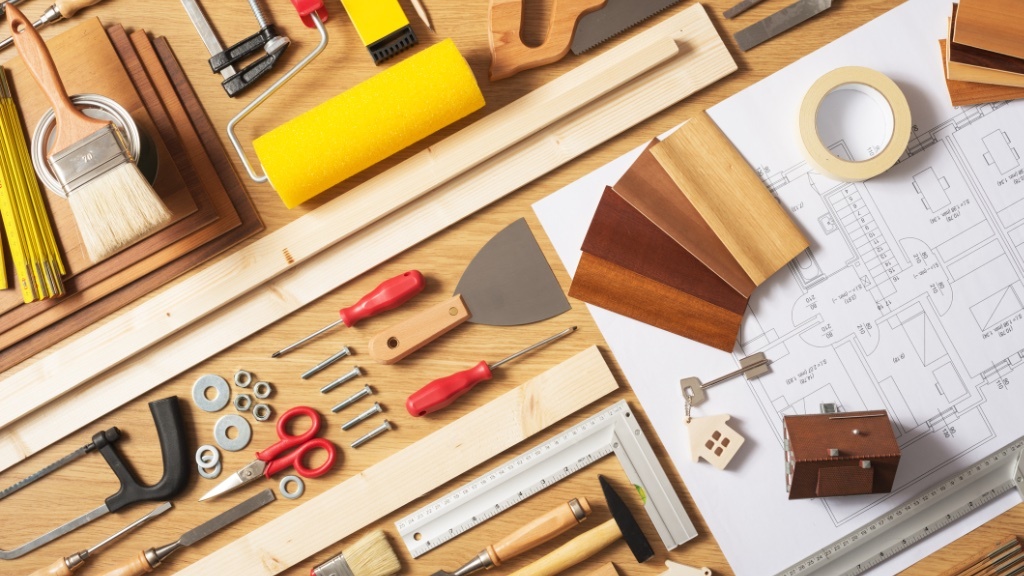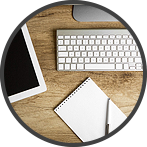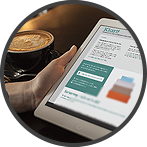Make a kit in three steps
Datum: 2025-06-12 08:30

When you need to get something done, you need to have the right things at hand — as close by as possible and easy to find. You might need digital files but it can just as well be physical things such as adaptors, that one special tool, chargers, microphones, the right pens, and so on.
For you who prefer listening to reading, this post is also available as an episode of the “Done!” podcast:
A carefully combined collection
Over the past few years, I have grown increasingly fond of the phenomena of “kits” and I have praised the act of putting what you need for a particular activity together into a kit in both videos, blogs, and newsletters. By the word “kit” I am referring to what the Cambridge dictionary describes as “a set of things, such as tools or clothes, used for a particular purpose or activity”. A physical kit can, for instance, be put in a box, a bag, or a plastic folder, while a digital kit can be comprised of a number of shortcuts in a digital folder or some other digital location.
More physical in a digital world
As I notice how much more I need technical solutions, programs, functions, and services to do my job, I have also noticed how exceedingly wonderful it is to always find what I need instantly when I am going to give a lecture, record a video, send a book someone ordered, and so on.
If you sometimes have to spend unnecessary time looking for the right things, I can heartily recommend putting together more kits than you have at present.
How? Well …
Do this
If you want to make more kits that will spare you of those minutes, or hours, looking for things that should be easy to find, then do this:
- Have a look around your office (if you have such a place), through your briefcase, or in other places where you keep things to remind yourself of what the physical things, items, or gadgets you sometimes need in your work are.
- If they are more spread out than you would like them to be, gather them in kits. You can form a kit in one out of two ways:
- If you already know what you will need in a certain recurring situation, gather the things you then need in a kit. For instance, I have a small “lecture bag” with all the items I need when giving a lecture.
- If you do not know when you will need the things but want to look in fewer places than you usually have to when you do need them, gather things that are similar in a kit. I have a kit in my bag containing tech things I might not use very often (such as special adaptors, cords, and other such items) but which are absolutely amazing to have when certain unforeseen things happen. Another one of my kits is a “body and clothes”-kit consisting of needle and thread, band-aids, medicines, a clothes brush, and other things that can come in handy at any time.
- Place the items the kits consist of in some kind of container that is appropriate for the places in which you need them. Open boxes are great if the kit will be placed on your desk at all times, but a kit that will be carried around might need to be placed in a small bag or sealable container. This makes perfect sense to you, I am sure.
Finding it faster
If you compile kits for items that are either similar or which you know you need in particular situations, you will find what you need faster when commencing certain tasks which in turn are completed with greater speed and ease.
You will waste less time looking, solve more problems on the go, and feel less affected by mishaps. Your days will, on the whole, become more to your liking and you will succeed better in what you decide to do.
What’s your way?
How have you put together your kits? Please tell me all about them in an email.
(By the way, have you seen this kit of mine?)
I have more to show you!

If you want more tips on how to create good structure at work, there are many ways to get that from me - in podcasts, videos, books, talks and other formats.




